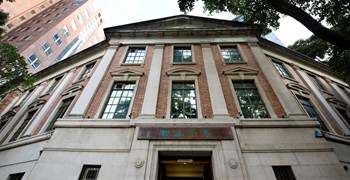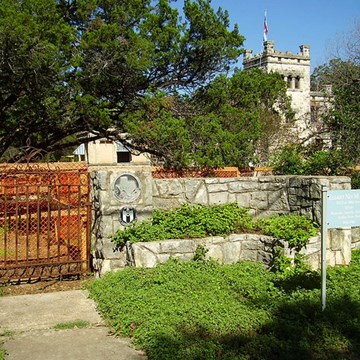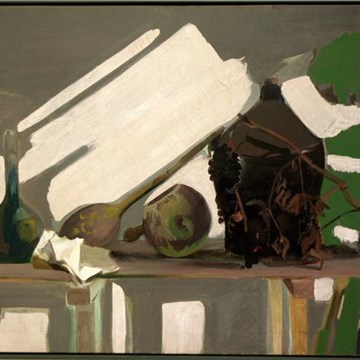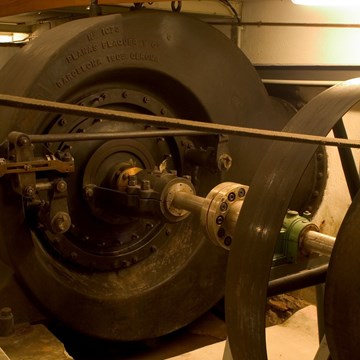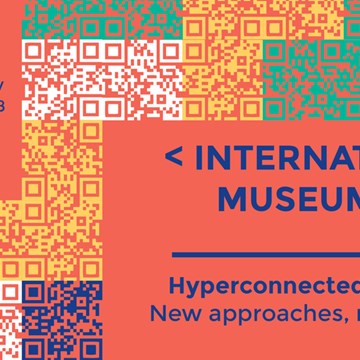Nestorian Crosses of the Yuan Dynasty
The University of Hong Kong’s (HKU) Nestorian crosses were assembled by a Mr. F. A. Nixon who served as a British postal commissioner in Beijing in the 1930s and 1940s. Subsequently the collection was acquired by the Lee Hysan Foundation and donated to Hong Kong University in 1961.
Nestorian bronze crosses were cast in the Ordos region in north-west China (Inner Mongolia) during the Yuan dynasty (1272–1368). They measure between 3 and 8 cm in height, are flat plaque-like ornaments with an outline in high relief and have a loop on the back suggesting that they were used as personal seals and were worn on the body. The loop facilitates a strapping to human clothing or girdles. The fine motifs of the cast Christian and Buddhist symbols and the rare survival of red-coloured ink deposits in intermittent lower parts of the design, suggested that these seals were used as chops and transferred their individual designs by printing them on other matters. Although all crosses are cast, the Nestorian crosses all seem to be unique and are, in fact, characteristic for their individual designs.
Stylistically, all crosses fall into 4 different categories, many with mixed Christian and Buddhist motifs in the same artefact. The majority are executed in crucifix form—hence the group description as ‘crosses’—with either flat or round ends. Other ‘crosses’ in fact take the shape of animals, predominantly birds, but also hares and fish, as well as geometrical patterns, such as sun-like designs and miscellaneous Chinese seal-like forms.
Early cruciform shapes appeared in Quanzhou in Fujian province as part of the stylistic repertoire in Manichaeism that, like Nestorianism, preached Western Christian believes, also in the Ordos region, and declined after the 14th century. The bronze plaques are predominantly Maltese crosses with four equally long arms extending from a centre square or circle. Other important examples are Syrian crosses in which the arms are connected with curved or straight bars. One often found detail in Nestorian crosses is the swastika—both left- and right-turning—a symbol found in Buddhism since the first century AD. The swastika is regularly represented as the central part of the cross that thereby becomes hybrid in character and specific to the Nestorians. In many of the cruciform shapes bands connect the four extremities or petals of the cross. These seem to symbolize radiating sunbeams and, if so, make reference to the Chinese name or its literary translation, of Nestorianism as Jing Jiao, or ‘luminous religion’.
Other ‘crosses’ recall the shapes of birds—single or double—as one bird with two heads or as a pair of intertwined birds. Both the double-headed design and the double birds repeat the strict symmetry of the cruciform shapes as well as echoing the geometry known in Persian art. Therefore, this stylistic feature may also be a possible cultural influence introduced to China by Silk Road travellers and known to the Ordos Nestorians.
Today’s extensive re-display is generously sponsored by the HKU Museum Society.
Exhibitions and events
We don't have anything to show you here.
Activities from this museum
We don't have anything to show you here.
